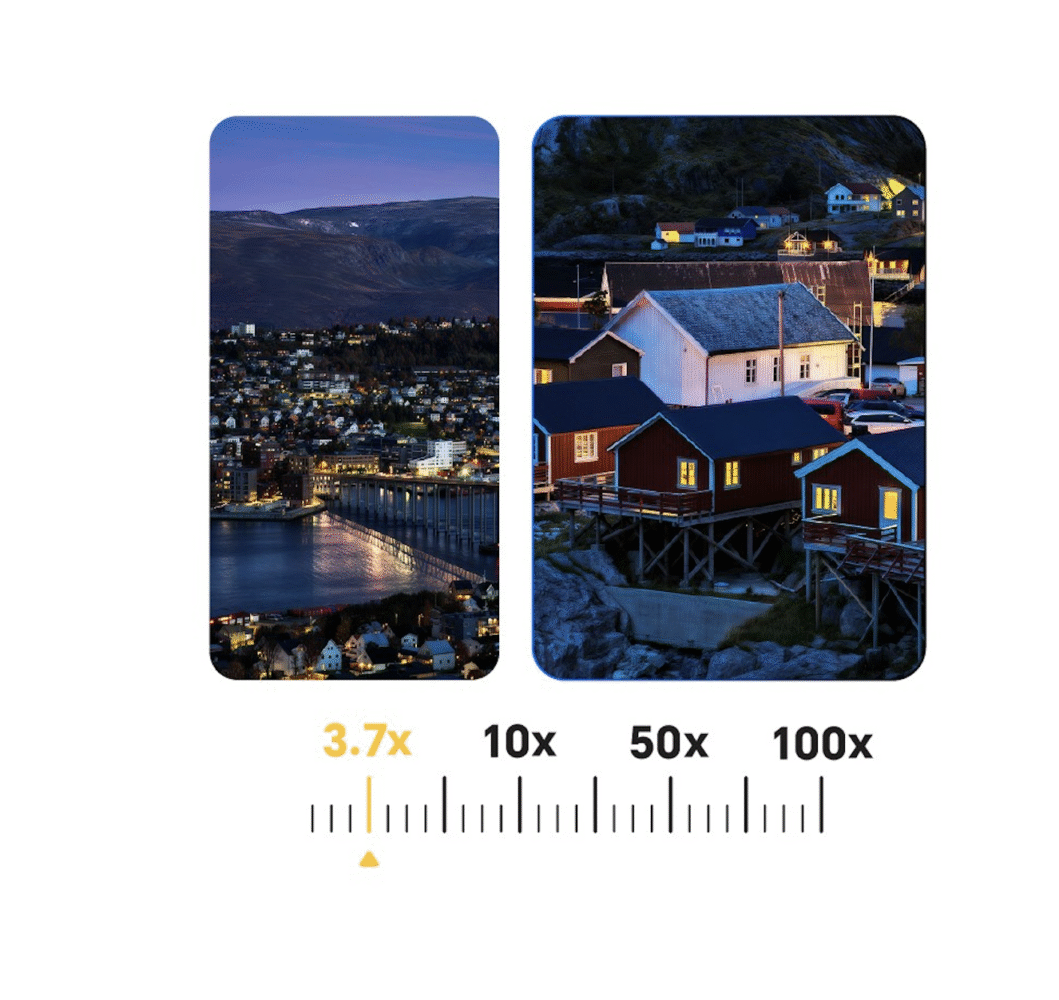Severance, the Apple TV+ series that has consistently challenged our perceptions of identity and autonomy, has once again delivered a finale that leaves viewers reeling. “Cold Harbor,” the culmination of Season 2, transcends the expectations set by its predecessor, “The We We Are,” achieving a level of narrative complexity and emotional resonance that is both breathtaking and unsettling. This episode, masterfully crafted by showrunner Dan Erickson and director Ben Stiller, navigates the delicate balance between answering long-standing questions and introducing new layers of intrigue, all while delivering profound character moments and visually stunning set pieces.
Severance Season 2
The central conflict of “Cold Harbor” revolves around Mark, portrayed with remarkable depth by Adam Scott. The dichotomy between his Innie and Outie selves, a recurring theme throughout the series, reaches its zenith in this episode. The Outie’s desperate search for a means to communicate with his Innie, driven by his desire to understand and rescue Gemma, leads him to the severed cabin at the Damona Birthing Retreat. This location, a liminal space between the severed and unsevered worlds, becomes the stage for a confrontation that is both literal and metaphorical.
The exchange between the two Marks, initially a semblance of camaraderie, quickly descends into a battle of wills. This scene, a visual representation of the ideographic card from “Chikhai Bardo,” depicting a man fighting his subconscious, is a masterclass in visual storytelling. The contrast between the Innie’s fire-lit surroundings and the Outie’s cold, winter night backdrop underscores the fundamental divide between their perspectives. Each sees the other as an antagonist, a barrier to their respective desires. The Outie’s plea for the Innie to sacrifice his own existence, his love for Helly, and the lives of his fellow Innies for the sake of his romance with Gemma highlights the inherent selfishness of the Outie’s perspective. The Innie, in turn, views his Outie as no different from Lumon, a manipulator who sees Innies as disposable tools.
This clash of perspectives underscores the impossibility of true reintegration. The two Marks, fundamentally different in their experiences and desires, are destined to remain at odds. Their conflict is a reflection of the broader themes of “Severance,” which explores the fragmentation of identity and the struggle for autonomy in a world where individuals are reduced to their functional roles. This scene is not merely a dramatic confrontation; it is a philosophical exploration of the self, a meditation on the nature of consciousness and the limits of empathy.
The revelation that “the numbers are your wife” is a pivotal moment in “Cold Harbor.” Patricia Arquette, as Harmony Cobel, delivers this bombshell with chilling precision, revealing that the MDR numbers, the seemingly abstract data points that Mark and his colleagues have been refining, are in fact “a doorway into the mind of your Outie’s wife, Gemma Scout.” The emotions elicited by these numbers – malice, woe, dread, and frolic – are the “building blocks” of Gemma’s mind, a direct reference to Kier Eagan’s Four Tempers.
This revelation transforms the MDR’s work from a mundane task into a deeply personal and emotionally charged endeavor. Mark is not merely refining data; he is constructing new Innies for Gemma, each corresponding to a different room on the Testing Floor. Cold Harbor, the 25th file, represents the culmination of this process. The implications are staggering. Lumon is not just manipulating consciousness; it is actively constructing new identities, new selves, out of the raw material of Gemma’s mind.
Cobel’s revelation that Lumon plans to kill Gemma and retire Mark and the other MDR workers after the completion of Cold Harbor adds a layer of tragic irony to the situation. Mark, realizing that his fate is sealed regardless of his actions, resigns himself to the plan, but not without a surge of anger at his Outie, Devon, and Cobel for using him as a pawn in their schemes. This moment of resignation is not a sign of defeat; it is a recognition of the Innie’s limited agency in a world controlled by Lumon.
The introduction of the baby goat sacrifices adds a disturbing dimension to Lumon’s cult-like practices. The revelation that these innocent creatures are being used in rituals dedicated to Kier Eagan, “in his eternal war against pain,” is a chilling reminder of the corporation’s disregard for life. The scene in which Lorne, head of the Mammalians Nurturable department, is forced to sacrifice a goat named Emile is particularly harrowing. The imagery of humans bowing to and killing goats, combined with Mr. Drummond’s pronouncements about guiding Gemma’s spirit to Kier’s door, paints a picture of a corporation deeply entrenched in religious and cult-like practices.
This revelation raises a multitude of questions. What other rituals are being performed within Lumon’s walls? How long has this tradition been going on? How many goats have been sacrificed in the name of Kier Eagan? The sheer number of questions that arise from this scene underscores the depth of Lumon’s secrets and the extent of its control over its employees. The scene also highlights the emotional toll that Lumon’s practices take on its employees, as evidenced by Lorne’s violent reaction to Mr. Drummond.
Gemma’s experience in the Cold Harbor room is a masterclass in psychological manipulation. The room, sparsely furnished with only a crib, is a stark contrast to the elaborate sets of the other Testing Floor rooms. The crib, combined with the Billie Holliday song “I’ll be Seeing You,” serves as a direct callback to Gemma and Mark’s failed attempts to have a child, a deeply traumatic experience for Gemma. Lumon’s decision to dress Gemma in the same outfit she wore during her last meeting with Mark adds another layer of emotional torment.
However, despite these triggers, Gemma’s Innie remains emotionally detached. “The barrier is holding; she feels nothing,” Dr. Mauer observes, highlighting the success of Lumon’s severance technology. This scene raises profound questions about the nature of pain and the ethics of manipulating consciousness. Is Lumon’s goal to eliminate pain entirely, or is it to simply shunt it off to unsuspecting Innies? The implications of this technology are vast, potentially extending beyond the walls of Lumon and into the broader world.
The climax of “Cold Harbor” revolves around Mark’s decision to free Gemma but remain with Helly. This choice, a culmination of the Innie’s growing autonomy, is a powerful statement of defiance against Lumon’s control. The sequence in which Innie and Outie Mark work together to free Gemma, culminating in their tearful reunion, is a testament to the power of human connection. However, the joy of this reunion is tempered by the heartbreak of Gemma’s loss. Her screams for Mark to return, her confusion and grief, are a stark reminder of the human cost of Lumon’s experiments.
Mark’s decision to stay with Helly, to fight for his “half a life,” is a powerful act of resistance. It echoes Helly’s earlier speech to the marching band members, in which she declares, “They give us half a life and think we won’t fight for it.” Mark’s choice is a declaration that even a fragmented existence is worth fighting for. The scene is reminiscent of the Greek myth of Orpheus and Eurydice, but with a twist. In this version, Eurydice escapes from the underworld, but Orpheus chooses to remain.
The ending of “Cold Harbor” leaves viewers with a sense of both hope and dread. The Innies have demonstrated their capacity for resistance, their willingness to fight for their autonomy. However, the future remains uncertain. What awaits Mark and Helly in the depths of Lumon? How will Gemma navigate her newfound freedom? These questions, and many others, will undoubtedly be explored in Season 3.






